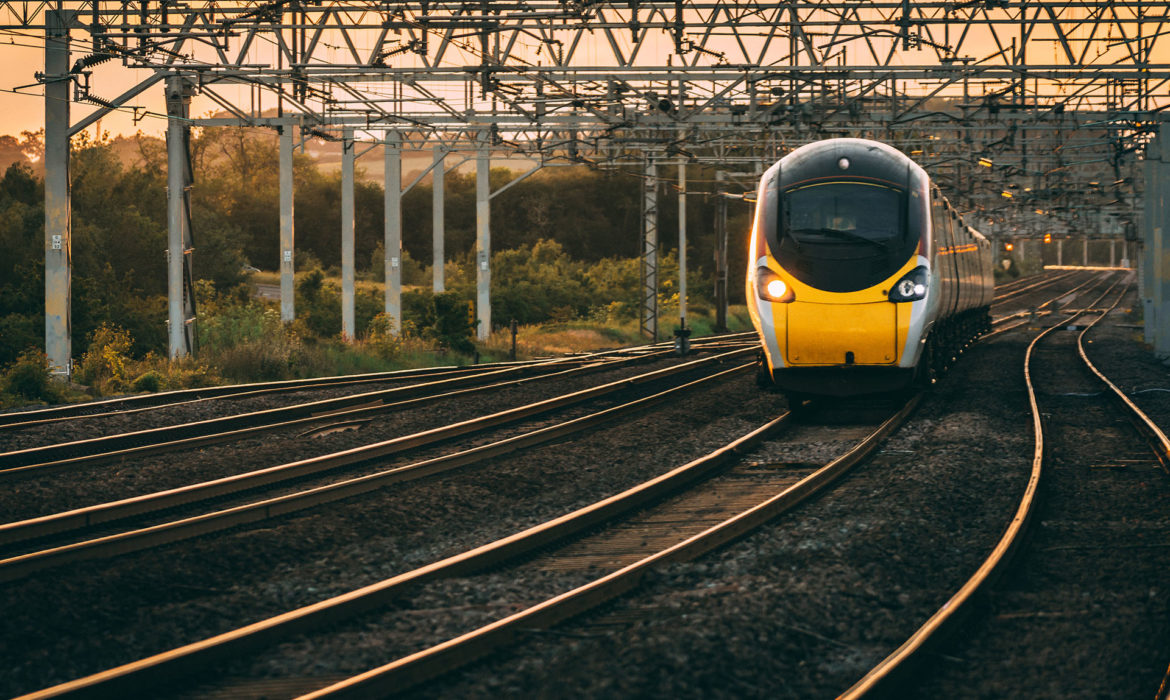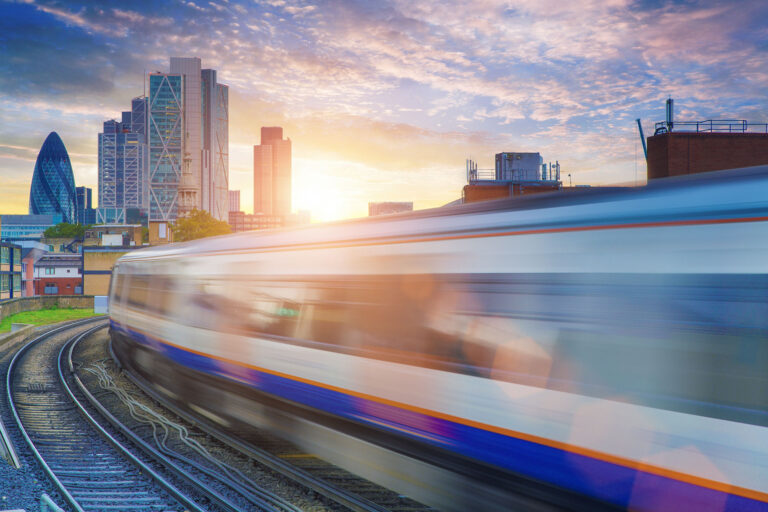
It’s all change for Britain’s rail network
Train operating companies are under pressure to deliver a consistent positive experience, all while attempting to modernise. But how can this happen and could the Rail Reform Bill help?

Matthew Flynn is a Director and Transportation sector specialist at Vendigital. He recently shared his insights with Transport Times.
The rail industry has kept running despite significant disruptive challenges including strikes, infrastructure issues, ageing assets and ongoing maintenance and improvement works. A wet winter with a higher-than-average rate of storms has added to the challenging conditions for train operating companies (TOCs), with trees on the line and flooding causing significant disruption to journeys.
Research published recently by Claims.co.uk analysed the performance of over 20 train operators between 2018 and 2022 to find out how many services were significantly delayed or cancelled. The research revealed that only 44% of one company’s services arrived on time, due to multiple reasons including strike action which has continued into 2024.
Facing so much disruption, customer experience ratings have dropped, with delay compensation schemes becoming routinely used by many passengers. However, despite the challenges, the rail industry is continuing to innovate, with alliances forming across networks to improve data collection and services. With rail contracts focused around operational performance and customer experience, contrary to public perceptions, the industry is very much focused on delivering the best service possible. But what role could AI play in delivering improvements?
The rail industry has been slow to adopt AI technology, partly because it is not currently incentivised and challenging operational considerations are a necessary distraction. However, there is growing awareness of the difference AI-powered systems could make in passenger-focussed areas such as dynamic ticket pricing as well as in operational areas such as managing maintenance and improvement programmes.

An example of this is with One Big Circle’s AIVR system, in which cameras are installed in cabs to carry out digital inspections of track infrastructure remotely and safely, sending back live data concerning maintenance opportunities or the likelihood of potential disruption. This allows TOCs and Network Rail to plan programmes more effectively and collaboratively. The success of the product and the power of this AI system is demonstrated through the buy in across the industry, with ROSCOS, OEMs, TOCs, Network rail and the supply chain collaborating together.
Similarly, UK Research and Innovation (UKRI) is trialling a ‘first-of-a-kind’ remote condition monitoring system by Transmission Dynamics to improve maintenance and infrastructure management across the rail network. Known as ‘Trains with Brains’, the solution aims to maximise the information gathered by sensors and implement a combined intelligence platform that can be accessed by all TOCs. The solution is capable of improving accuracy and reducing delays to passenger journeys due to track faults.
Other AI systems that have been gradually adopted by the rail industry include remote condition monitoring on the trains themselves to predict when an asset will require maintenance or potentially fail. For example, systems are in place to monitor wheel wear rates. This can be paired with digital twin modelling to assess the impact of proactive wheel turning to reduce defects and extend wheel life. With potentially thousands of carriages or wagons in different locations requiring attention, and finite wheel lathe capacity, an AI algorithm could be created to further optimise this predictive capability and crucially how it could be operationally implemented.
AI has many uses across the rail network, such as improving operational efficiency, ensuring proactive maintenance, as well as analysing passenger data, scheduling and service availability. For example, large language models (LLMs) could be incorporated effectively into the network to simplify passenger journey planning or to deliver information on planned maintenance. From an operator’s perspective AI could also be used to optimise timetables and carriage numbers according to passenger peaks and troughs.

Despite the long list of potential benefits, there could be risks too depending on what the AI is doing. For example, the risks associated with using publicly available data are fewer than the risks of utilising passenger data, and TOCs should be fully aware of their responsibility towards passenger data protection. A further risk would be to accept AI outputs and results without proper interrogation or analysis. Expert human oversight is required to ensure that any errors or anomalies are spotted swiftly, as otherwise they may replicate and become a wider issue.
Embracing AI as part of the rail industry’s future will require significant changes to be made. Bringing multiple sets of data under one roof could help to ensure greater clarity and collaboration across the network. Network Rail’s open data feeds and RDG’s Rail Data Marketplace are great starting points, and Great British Rail (GBR) could become instrumental in this area, learning from and validating proof of concept before rolling new technology out more widely across the network.
Sign up to get the latest insights from Vendigital
Transform your data into intelligence
Related Insights

Train operating companies are under pressure to deliver a consistent positive experience, all while attempting to modernise. But how can this happen and could the Rail Reform Bill help?

As the industry prepares for the launch of Great British Railways (GBR), there is an opportunity to improve operational efficiency, reduce cost and improve passenger services.

Recent troubles facing many train operators have underlined the need for transformative change. Urgent intervention is needed to restore services and reset the industry on route to a more profitable future.
Subscribe to our newsletter